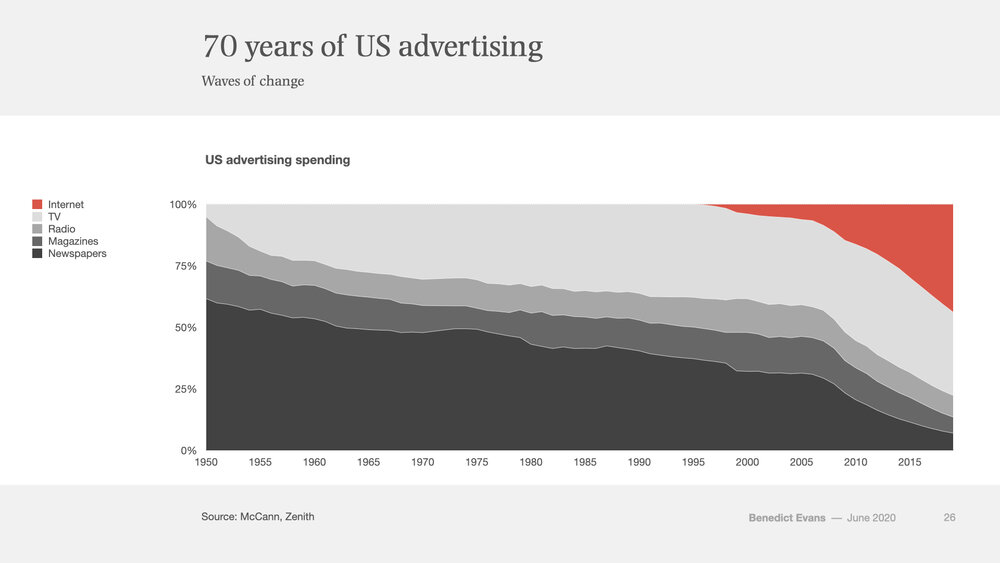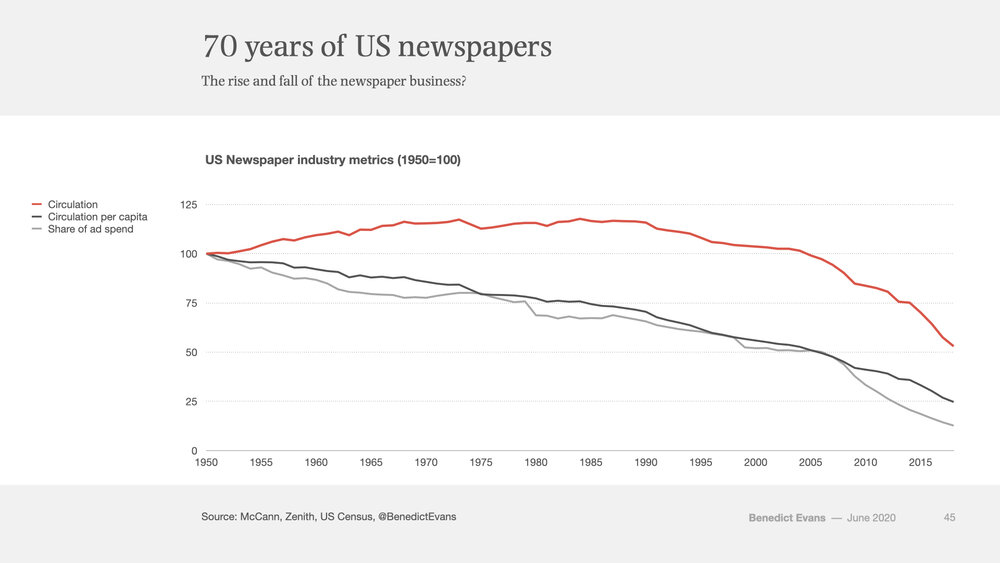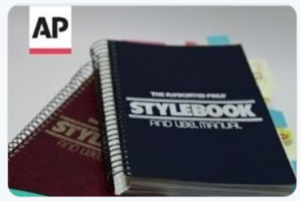On my primary blog, I recently discussed a New York Times story about
President Donald Trump's continued support among the religious right,
especially in rural heartland areas.
Here, I'm going to
shift that focus more to the New York Times' coverage of religious
issues and how it bigfoots other media and shows some arrogance as part of that.
There's an old joke off the Old Gray Lady's masthead of "All the news that's fit to print," that runs: "It's not news until the New York Times prints it."
And, on the Religious Right's willing, individual-believers wedding with Donald Trump, in a piece a month ago, the Old Gray Lady
would have you think so on this issue as well.
"Christianity will have power"? Yes, Trump said it. But, many other sites have done reporting on various angles of individual believers, and not just nameplate pastors like Robert Jeffress, lining up for Trump. So, did the Times really roll the ball forward?
Its top editorial staff would have you think so.
First, two of their marketing Tweets and my responses:
Uhh, no. I don't "need" anyone.
There you are, Mr. NYT National Editor Marc Lacey.
Then this:
Sorry, but no translator needed, Ms. Deputy National Editor Yang.
Here you are:
Just what did Dias leave off the table?
First, why Trump instead of Ted Cruz? That speech was in January 2016, before the Iowa caucus vote. On
paper, Dominionist Ted Cruz and his Seven Mountains daddy were the ideal
candidates for the Religious Right to back. So, why didn't they?
Pew notes
that, in polling, the most devout among the evangelicals DID tilt Cruz,
even though, overall, the Religious Right tilted Trump. Obvious
deduction? Lots of these people may be sincere in their belief claims
but don't go to church that often!
Related? One other thing Dias left on the table (well, there's yet more, but this covers the basics):
Remember,
Trump's speech was in Iowa, January 2016, before the Iowa caucuses.
Did she ask any of the people interviewed whether Trump was their first choice or not? Did she ask about the frequency of their attendance? Or, since this was reported over that long of a period, did she hang out a few Sundays to check for herself?
If you're going to
have someone with a graduate religious degree from Princeton work on
this story for, I presume, several weeks, and you can't answer that? The
story comes off as election-year pandering, in my book. True, you would
still want the focus on Trump, but if you can't explain why him, not
Cruz, then you can't fully explain "why still him" today, can you?
Second
is Dias claiming that this is all new:
The
Trump era has revealed the complete fusion of evangelical Christianity
and conservative politics, even as white evangelical Christianity
continues to decline as a share of the national population.
In
reality, with data research sites like Pew having written about this
for three or four years straight now, the "Rise of the Nones" (which is a
broader issue than just the decline of conservative evangelical
Xianity, and blogged about me
three years ago, as well as
last year)
is yesterday's news. Indeed, the piece of mine three years ago noted
that, by this year, per Pew estimates, "nones" would equal Catholics in
the American population.
The problem is not just that the NYT is behind the curve on Nones. It's
that a lot of people who might fall into "Nones" territory may not know
this if they get much of their religious news from the Times, or from
outfits following its lead. This ties to how politicians think their
constituents are, overall, even more conservative than is true.
As for the "complete fusion" issue? Forty years
ago, the Religious Right backed for president a man who had expanded
abortion access while governor of California, who never went to church
and who consulted astrologers. (Ronnie turned Nancy on to that, not the
other way around.)
In other words, I don't see anything beyond the idea that the politer, mainline Protestant rural versions of the Religious Right were, in their own way, thinking they'd "own the libs" with Trump as president. Per my take on sociology of religion issues within the Religious Right, that's not new to me, either.
Indeed, I mentioned that in my first tweet in a thread after my responses to the editorial marketers.
See,
that "bully" part is important. Per "The Rise of the Nones" issues, the
Religious Right has been losing power for some time. Rather than sidle
up to Hillary Clinton and her conservative DC prayer circle warrior
background with
The Fellowship, though, because she was pro-choice, and ignoring that Trump long had been so, they backed Trump.
The bullying? Bullying and shaming people into expression of religious belief in small town America, even in blue states (
Galloway vs Town of Greece)
was and still is a real thing. Remember, most members of the Religious
Right hate atheists even more than gays, and may hate non-Christians,
especially Mooslims, almost as much.
OK, next:
Trump
has played the faux-martyr role to a T since HUD sued him and his dad
50 years ago for racism in apartment renting. He knows how to play an
audience like a cheap fiddle.
More sociology of religion that was missed.
And, I haven't even touched on the issue of possible political framing being involved with how the story was crafted.
So, for folks at places like CJR who say the New York Times has no competition? That's kind of the problem. For folks like Jay Rosen who have said in the past that papers shouldn't be competing with one another for angles on the same story? In cases like this, yeah, maybe they should.
.jpg/220px-Denius_Symposium_on_News_Integrity_2019_(48897603717).jpg)








